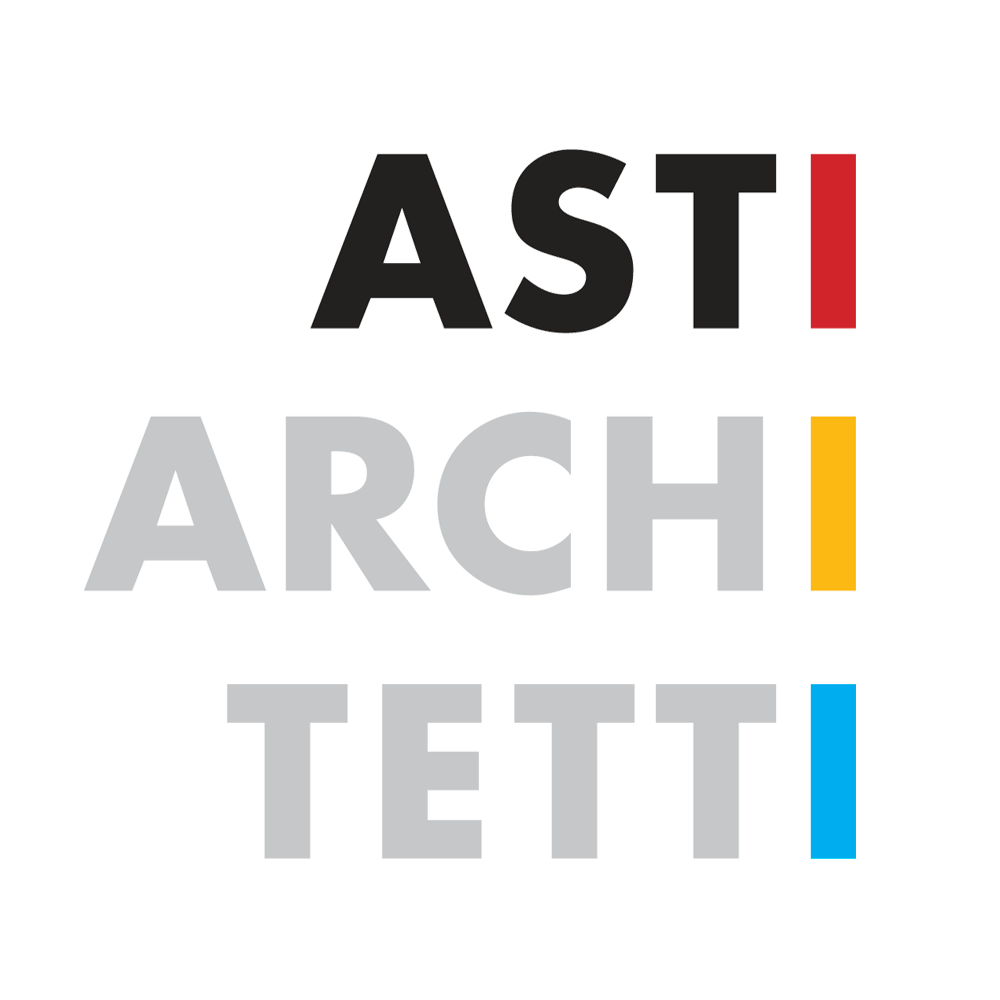STUDIO
Architect Paolo Asti was born in Milan on 4 September 1963 and graduated in Architecture with a degree in design at the Milan Polytechnic in 1990.
In 2004 he founded in Milan his studio “Asti Architetti”, today located in Via Sant’Orsola 8.
The Asti Architetti studio’s activity ranges from residential to commercial or tertiary sector, and it is focused on the field of integrated architectural design with a keen interest in buildings, perceived in their organic unity, and in view of the redevelopment of entire historic buildings built in the heart of Milan between the 1930s and the 1960s.
Paolo Asti is the architect of real estate, of private clients, including banks, insurance companies, and big real estate operators who envisage the investments in the city as great business opportunities and, above all, he is an accurate and sensitive professional who deals with the historical building renovation and restoration to a useable condition, trying to interpret the urban regulations in force and the current demands of living in the best possible way and, furthermore, he has carved out a key role for himself as “re-qualifier and transformer of what is existing” with the intent of giving buildings a new life, while being aware that buildings in themselves have a potential historical continuity which does not necessarily have to go through demolition.
